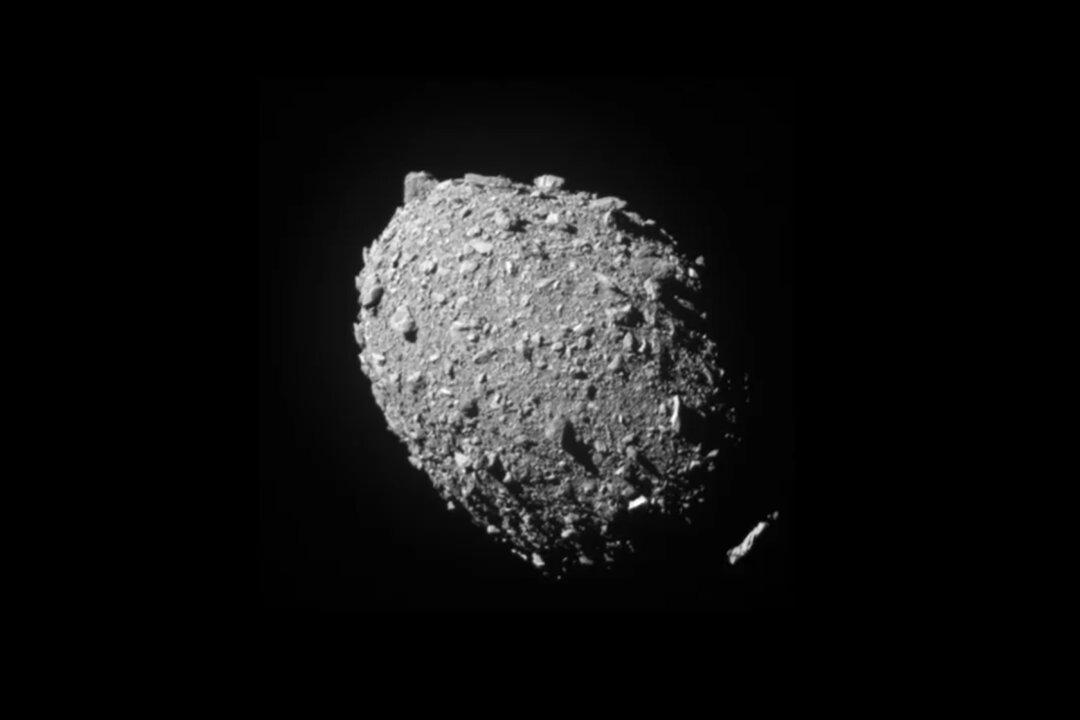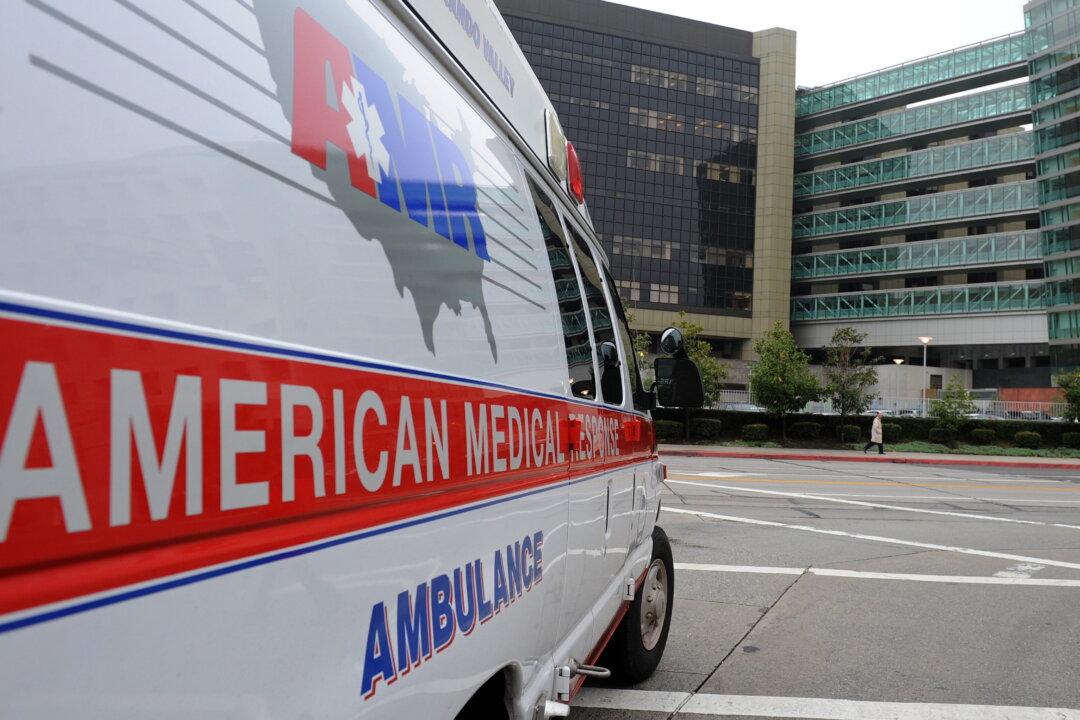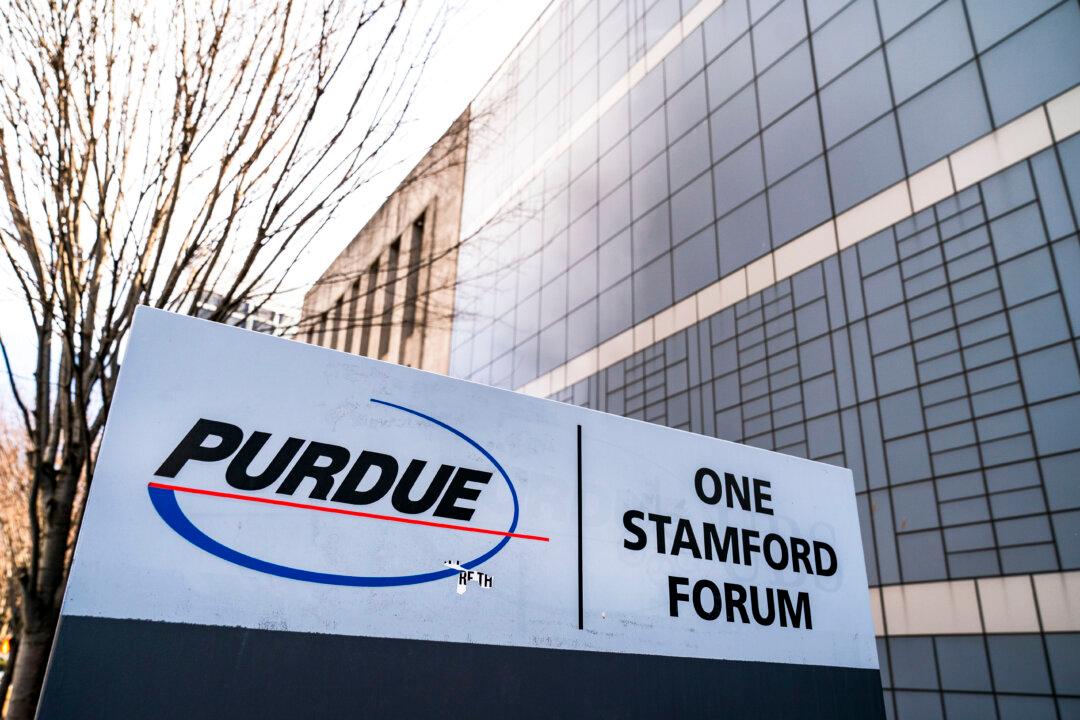A planetary defense spacecraft was launched on Monday to gather data on the “kinetic impact” of a planned crash into an asteroid to determine if there is a way to thwart the path of threatening rocks bound for Earth.
The European Space Agency’s (ESA) Hera craft left for a two-year trip to Dimorphos, which orbits Didymos—Greek for twin—an asteroid five times larger than its moonlet.





